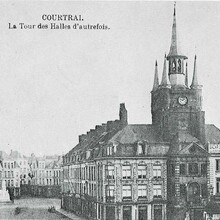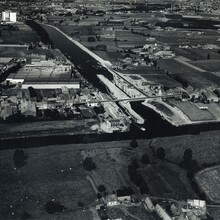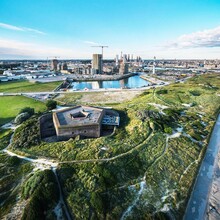Location
Belgium
Distance
71.48 km
Vertical Gain
312 m
Description
GPS Track
kortrijk-oostende.gpx172.18 KB
FKTs
Male
| Olivier Dupont | 5h 49m 58s | ||||
| Bram Cecat | 7h 6m 50s |
| Seppe Behaeghe | 6h 5m 7s |
| Bert Vandaele, Wannes Vanwettere, Jelle Bossuyt, Dolf Dhaenens | 7h 53m 7s | ||||
| Bram Cecat, Pieter Cecat | 9h 46m 12s |




Comments
Hi,
Upcoming Saturday June 8, the Kortrijk Running Crew will set a New FKT on this route
Best regards,
Cool, best of luck.
Dag,
Morgenochtend zal de Kortrijk Running Crew een poging doen om dit FKT te verbeteren.
Mvg,